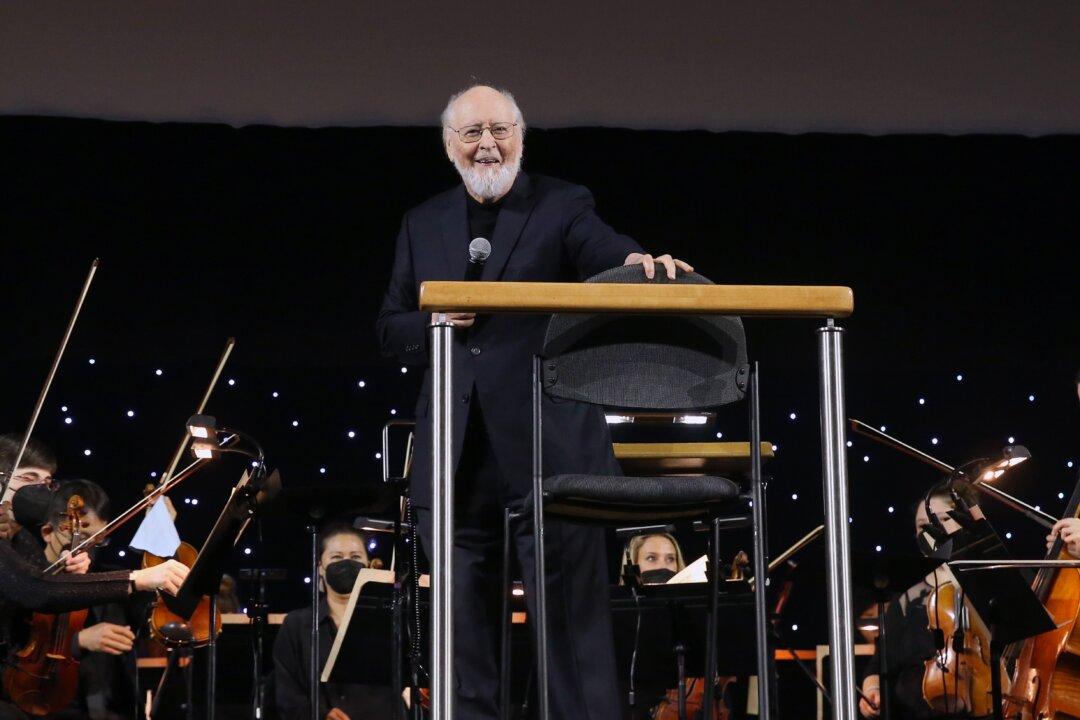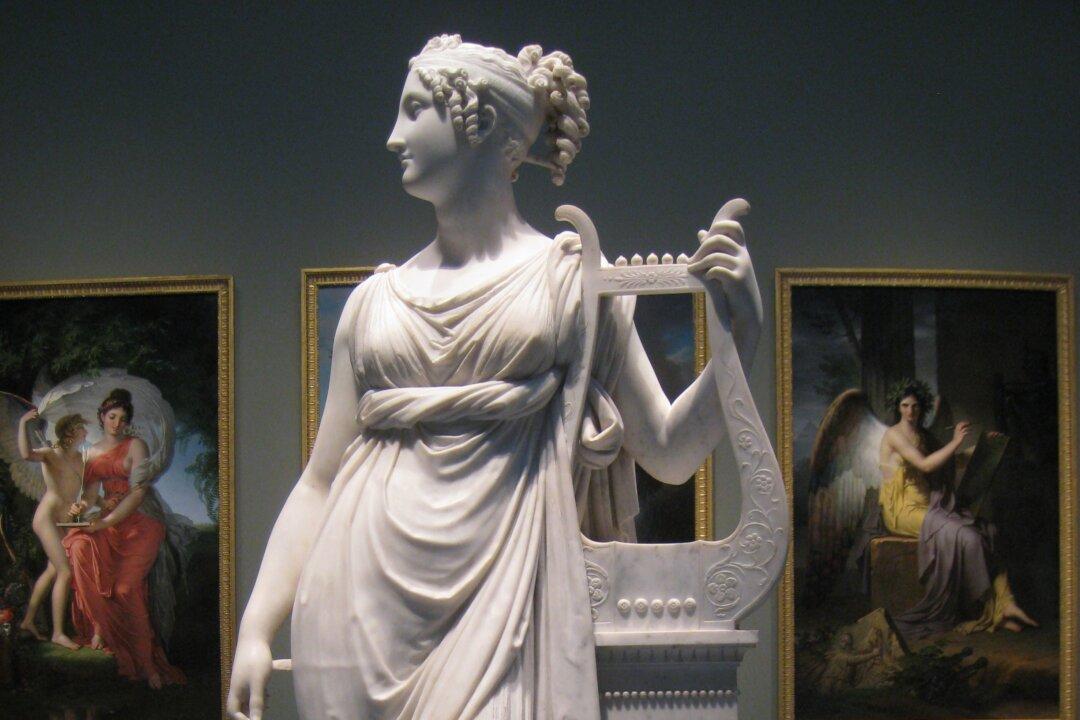There are many ways to observe the countdown to Christmas. The most soulful is through music, an indispensable aspect of religious services and secular celebrations alike.
The history of classical music is long, and many great composers have tried their hands at commemorating the events of the holiday season. While acknowledging the inadequacies of a brief discussion, let’s look at five memorable classical pieces that take Christmas as a theme.
J.S. Bach’s Cantata for Advent
Martin Luther’s hymn, “Nun komm, der Heiden Heiland” (“Savior of the Nations, Come”), is a staple in Lutheran services during the Advent season. It’s actually based on an earlier hymn by St. Ambrose. The first stanza of the 1860 English translation by William Reynolds reads:Savior of the nations, come, Virgin’s Son, make here your home. Marvel now, O Heav'n and Earth, That the Lord chose such a birth.
Johann Sebastian Bach was not yet 30 years old when he set Luther’s words to music, but BWV 61 already demonstrated the young composer’s mastery of form. Bach, a concertmaster in Weimar, first performed the cantata on the first Sunday in Advent, 1714. He employed appropriate effects to dramatize the anticipation of Christ’s arrival. He drew on the style of French royal overtures for Jesus’s entrance into Jerusalem. Plucked strings symbolize Joseph knocking on doors.




